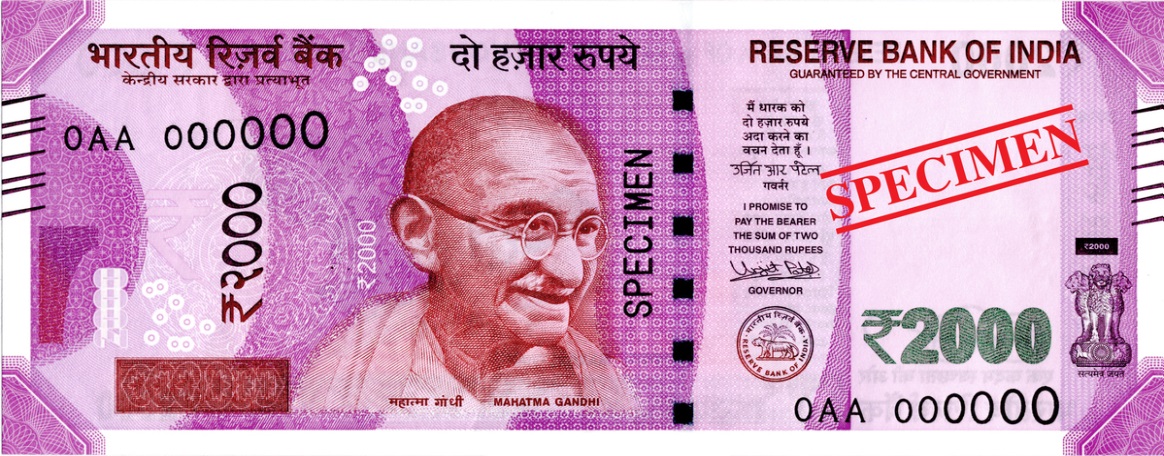Introduction
In a bid to combat tax evasion and promote transparency in financial transactions, banks in India have been directed to notify the income tax department about significant cash deposits involving ₹2,000 currency notes above a specified threshold. This reporting requirement falls under the statement of financial transactions (SFT) that banks are mandated to submit annually. The move aims to bring attention to large cash deposits made during the phasing out of ₹2,000 notes and assist tax authorities in identifying potential tax evasion instances. In this blog post, we will explore the implications of this directive and its role in ensuring tax compliance.
Enhanced Reporting Mechanism
Under the reporting framework, banks are obligated to submit statements of financial transactions to the income tax department, highlighting substantial cash deposits involving ₹2,000 currency notes. While the specific currency denomination does not need to be specified, the reporting thresholds have been set at ₹10 lakh for term and savings deposits, and ₹50 lakh for current account deposits. This measure broadens the scope of scrutiny by tax officials, who routinely analyze the data to detect possible tax evasion practices.
Significance in the Context of Demonetization
It is important to note that the reporting system requiring banks to notify the income tax department about large cash deposits is not a new provision specifically introduced due to the recall of ₹2,000 notes by the Reserve Bank of India (RBI). This mechanism has been in existence for some time. However, the ongoing phase-out of ₹2,000 notes now brings such deposits under the scrutiny of tax authorities, prompting them to closely monitor cash transactions during this period.
Aim of Ensuring Tax Compliance
The directive to report large cash deposits seeks to address the concern of individuals holding significant amounts of cash, particularly in high-denomination notes, instead of seeking avenues for earning interest on their funds. Tax authorities are keen to investigate cases where cash deposits appear disproportionate to the income reported in tax returns. This move aims to encourage individuals to provide explanations for such deposits, ensuring that tax compliance is upheld. The reporting requirement acts as a measure to deter tax evasion practices and promotes a culture of transparency in financial dealings.
Challenges and Caution
While the directive is intended to improve tax compliance, challenges may arise in its implementation. The increased reporting obligations for banks may result in additional administrative burdens and operational complexities. Additionally, caution must be exercised to prevent unnecessary panic or confusion among the public. It is crucial to strike a balance between enforcing tax regulations and providing a conducive environment for individuals to deposit or exchange their ₹2,000 notes without undue concern.
The Way Forward
The tax department has been actively emphasizing voluntary tax compliance and encouraging taxpayers to disclose any previously unreported transactions by updating their tax returns. Various initiatives, such as the e-verification scheme launched in 2021 and the scheme to update tax returns introduced in 2022, have facilitated the correction of errors in tax filings or the disclosure of under-reported income.
Furthermore, discussions between the Reserve Bank of India governor and senior officials of private sector banks are expected to address the progress of ₹2,000 note exchanges and deposits. These discussions will provide an opportunity to address any challenges faced during the process and ensure a smooth transition.
Conclusion
The directive mandating banks to report large cash deposits involving ₹2,000 notes to the income tax department is a significant step towards ensuring tax compliance and promoting transparency in financial transactions. By closely monitoring cash deposits, tax authorities can identify potential instances of tax evasion and take appropriate action. While challenges may arise in implementing this reporting mechanism, it is essential to strike a balance between enforcing regulations and maintaining public confidence in the financial system.

